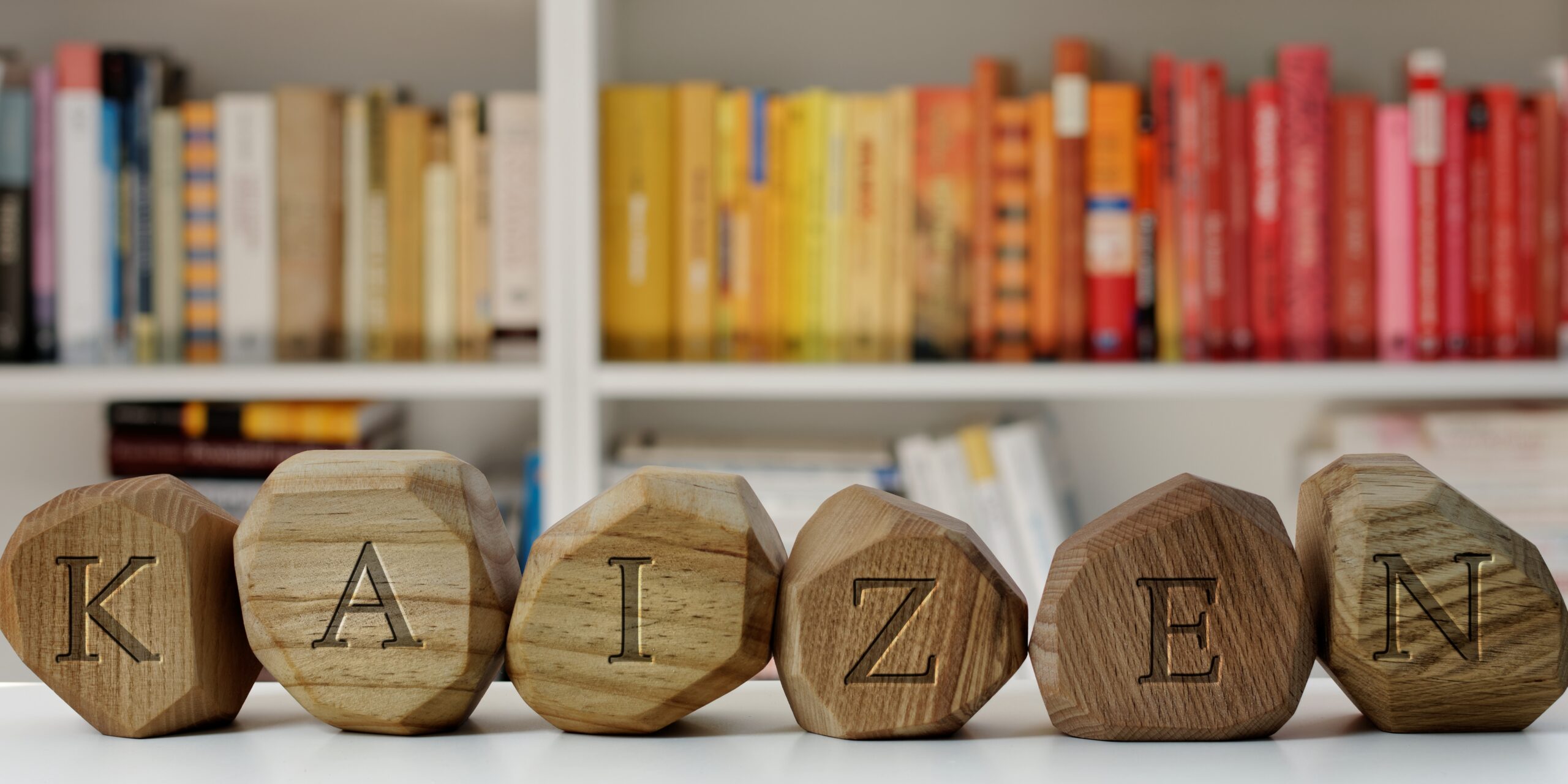Kaizen (or ‘continuous improvement’) is a Japanese business philosophy of continuous improvement of working practices and personal efficiency. It involves a system of constantly introducing small incremental changes in an organisation to improve quality and/or efficiency, rather than major or radical changes.
I have a suggestion idea below that has been known to work effectively in organisations. Please keep reading to understand it a little more..
The Kaizen approach assumes that the employees are the best people to identify room for improvement, as they are the people who see the processes in action all the time. An organisation that uses this approach therefore must have a culture that encourages and rewards employees for their contribution to the process.
The word Kaizen comes from the Japanese, ‘kai’ meaning continuous and ‘zen’ meaning good.
There are four principles of Kaizen:
- People – The people in an organisation must be given a voice and have decision-making powers; this shouldn’t just be limited to members of the management team.
- Change – Change is seen as good and necessary for making improvements but needs to be gradual.
- Continuous improvement – The organisation must seek to continually improve their processes.
- Eliminate waste – Resources need to be used carefully and waste reduced to a minimum; when waste is reduced, value is added.
The key features of Kaizen include:
- Improvements are based on many, small changes instead of radical changes.
- The ideas come from the workers themselves, so they are less likely to be radical and therefore easier to implement.
- Small improvements are less likely than major changes to require major capital investment.
- The ideas come from the talents of the existing workforce rather than undertaking research and development or using equipment, which could be very expensive.
- All employees should continually look for ways to improve their own performance.
- Workers are encouraged to take ownership for their work, which can help in improving workforce motivation.
If Kaizen is to be effective in any organisation there must be a culture of trust between staff and managers which requires good communication. Staff suggestion schemes can result in improved staff morale, but some organisations set targets for individuals or teams to produce a certain number of ideas in a set period of time. If operated in this way, Kaizen can be seen by employees as a negative process as the pressure to come up with ideas can be unwelcome and unless there are rewards for suggestions, they can become resentful.
Here’s an idea for you to implement in your organisation
A kaizen idea board keeps employee suggestions and follow-up actions visible to both managers and employees. In this example, kaizen ideas are written on Post-It notes, placed in the large box on the left, and reviewed by managers at a regular time interval (i.e. every day, every week). They are prioritised using the 4-box block, and up to 3 ideas are acted upon at a time. Simple but effective.
By allowing each employee to provide their ideas or opinions on what and what is not working helps everyone to feel valued and an important member of the team.
If you have a similar system in place, I’d love to hear back from you to hear how effective it is. If you haven’t, get one up and running, you’ll be pleasantly surprised the impact it can make.
Did you know?
According to HR Magazine, 6 out of 10 employees stated that they would come up with more creative suggestions if they were rewarded for them. Financial rewards were found to be the most important, with 45% of employees valuing this type of reward and 39% saying that recognition for their ideas was a suitable reward.
Have a great week.


